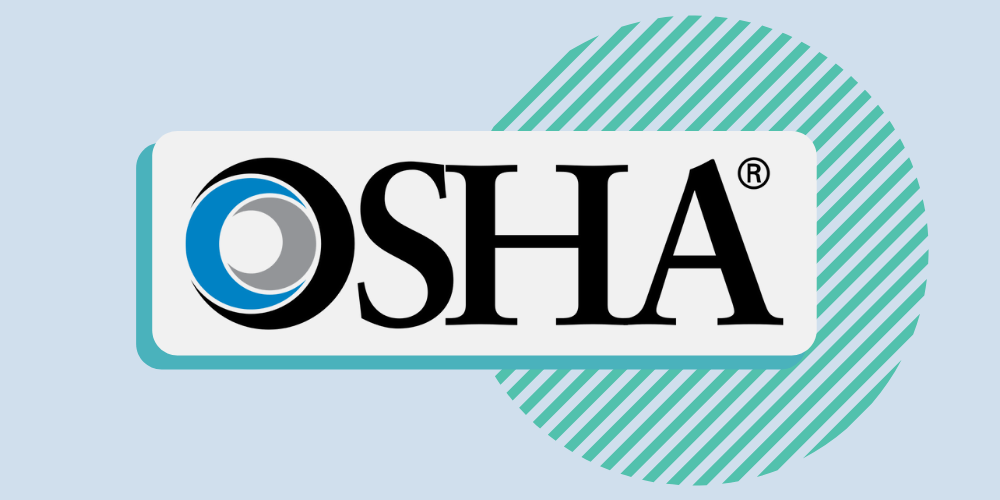
You might have heard that there was some big news over the weekend concerning the OSHA ETS, which was stayed by the 5th Circuit Court in mid-November. Here are the three big takeaways, plus some insights for employers trying to decide what to do next.
1. The OSHA ETS stay has been lifted.
On Friday, December 17, the 6th Circuit Court of Appeals dissolved the stay that the 5th Circuit had placed on the OSHA ETS. That means that the ETS is back in force.
Shortly after that decision was issued, multiple plaintiffs filed emergency applications for an immediate stay of the ETS with the Supreme Court of the United States. Those applications will be reviewed by Justice Brett Kavanaugh, who is assigned to hear petitions from the Sixth Circuit Court of Appeals. Kavanaugh has several options:
- He has the authority to grant the petitioners’ applications and stay the ETS pending review of the entire Court.
- Given OSHA’s decision to delay compliance dates, he could refer the applications to the full Court for a decision.
- He could take no action on the applications pending review of the full Court.
The Supreme Court will try to avoid a scenario in which employers would take steps to implement the ETS only to have it invalidated later.
Although it is always difficult to predict how quickly a ruling might come, the speculation is that the Supreme Court will most likely take action in advance of January 10, 2022, to give employers some certainty.
2. The underlying merits of the ETS are still pending with the 6th Circuit.
The dissolution of the stay does not mean the ETS has passed. The final ruling is still pending with the 3-judge panel and even after their final ruling could still go to a full 6th circuit en banc review and decision.
3. Following the 6th Circuit ruling, an appeal may be made to SCOTUS.
Only after the final 6th Circuit ruling (either by the 3-judge panel or en banc) would an appeal be made to SCOTUS to make a final ruling. The Supreme Court may not issue on the underlying merits case, which it may choose to do. The Supreme Court often declines to hear cases.
What does all this mean for employers?
Here's a quick Q&A for employers wondering how to proceed in light of the OSHA ETS news:
- Should I start planning for ETS compliance? Legal experts strongly recommend getting a policy in place. That includes lining up testing resources if necessary, providing necessary communications to employees, collecting info on vaccination status and keeping roster, etc.
- What are the new timelines for compliance? The ETS is effective immediately. According to employment law firm Jackson Lewis, OSHA "will not issue citations for noncompliance before January 10, 2022. The agency also stated it will exercise its discretion and not issue citations for noncompliance with testing requirements under the ETS before February 9, 2022, if an employer is exercising reasonable, good faith efforts to come into compliance with the standard."
- What is meant by “…reasonable, good faith efforts…” to come into compliance with the ETS? It's unclear at this point, but a degree of reasonable diligence is required to get everything in motion.
- Other than the dates, has any changed regarding testing requirements, accommodations, or exemptions? Nothing else changed.
- Will the OSHA ETS override state rulings (e.g. Florida or Texas state requirements conflicting with OSHA)? This answer depends on whether any of the decisions on the merits of the ETS address preemption arguments.
Webinar: Learn how to navigate the mandates
With all the up's and down's concerning the fate of the OSHA ETS, some employers are taking a "wait and see" approach before committing to roll out a vaccine policy. What do top employment lawyers recommend? "Start planning now."
Learn more in our free webinar featuring top employment/labor law experts from Jackson Lewis P.C., and be sure to check out BP Logix's Vaccine Tracker application.





